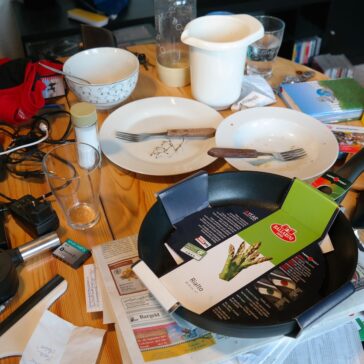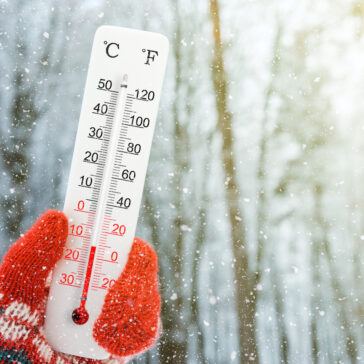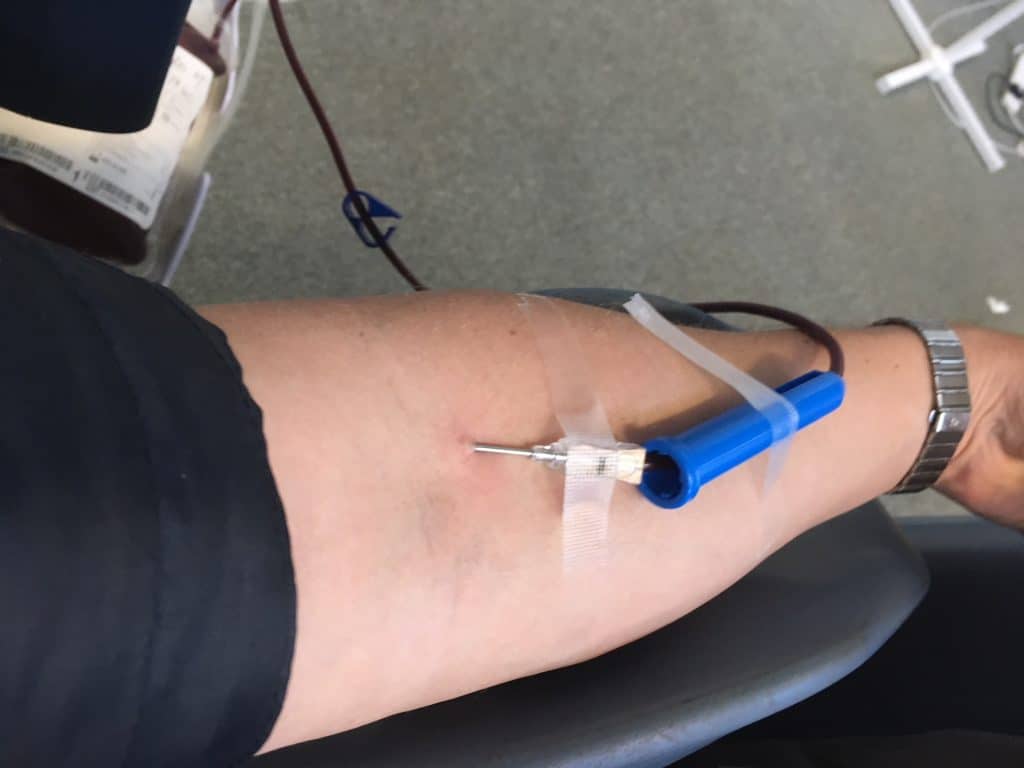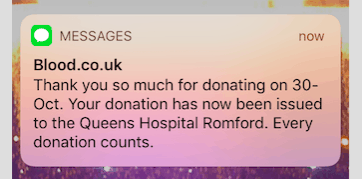I’ve been giving blood for several years now and I’m nearing my 25th donation. I take a massive amount of pride in giving blood and it’s something I’m very happy to do.
There is always a little niggle in the back of my mind about how I’ll feel after the donation and whether my fitness will be compromised. There’s also thought of all my hard earned red blood cells (the oxygen-carrying ones) disappearing.
I have these thoughts because there’s been a number of times that after giving blood, I’ve been running and after about 20 minutes I’ve “hit the wall” so to say. There’s one speed and I can’t go any faster. It feels like there is something in the tank, but it just can’t be used.
The Prep
The Blood Service (as was) is now super-hot on prepping you for your donation.
- They tell you to eat regularly and have a snack before your donation.
- Drink lots of water in the lead up to your donation. They now text you throughout the day to remind you to drink water and give you 500ml before your donation. Fluids lost during the donation can cause a drop in blood pressure – causing you to feel faint and dizzy. Being hydrated helps to bring your blood volume levels back to normal.
- They ask you to avoid doing any vigorous exercise or heavy lifting on the day of your donation – both before and after you’ve given blood.
- Like everyone else now knows, a good night prior to your donation is recommended.
A donation is 470ml of blood. The blood volume of a typical adult is approximately 5 litres, with females generally having less blood volume than males. So we’re talking nearly 10% here.
The EXPERIMENT
When I donated last week I decided to do a little test by going to BMF the day after my donation (something I would normally give a miss) to see if the “hitting the wall” effect happened again. This is obviously not very scientific, has a control group of none and is all based on how I felt.
In short, I did not “hit the wall” during my BMF session. But like any good scientific experiment, let’s not let the results get in the way of some quality analysis and interpretation.
analysis and interpretation
First of all, I drank lots of water before and after my donation, aware I would be training the next day, which was probably very important. The BMF session was with our old park manager, Simon who worked us hard. He doesn’t take any walking, missing reps or general resting. So the session was not easy and we covered a fair distance too. There was a point in the middle of the session when I was blowing out my arse and thought –
Oh, I gave blood yesterday, I can back off
At which point I realised that’s not what I should be doing and would be detrimental to the highly scientific experiment I was conducting! I kept pushing, felt okay, was still gunning it at the end and even managed to cycle the 6 miles home.
On this sample size of one, giving blood does not physically affect you during vigorous exercise the day after a donation (if you drink lots of water and eat plenty).
The knowledge
Maybe my fears could have been easily allayed if I had read the blood.co.uk website –
Special cells in the kidneys, called peritubular cells, sense that the level of oxygen in the blood has decreased (due to the loss of red cells) and start secreting a protein called erythropoietin. This passes through the bloodstream until it reaches the bone marrow (the soft fatty tissue inside the bone cavities).
The bone marrow produces stem cells, the building blocks that the body uses to make the different blood cells – red cells, white cells and platelets. The erythropoietin sends a message to the stem cells telling more of them to develop into red blood cells, rather than white cells or platelets.
Your body makes about 2 million new red cells every second, so it doesn’t take long to build up stores of them again.
Interesting – erythropoietin also known by its shorter name EPO. The performance-enhancing drug of choice for the nineties and noughties professional cycling peloton and some very recent marathon runners.

If you‘re wary about giving blood for whatever reason, don’t be. The staff at the donation are super nice. Your haemoglobin (iron) in your blood will be tested before donating, and if you’re low you will not be able to donate. It only hurts a tiny bit, but you’re doing a really good thing. There are crisps, club biscuits, orange squash and tea available afterwards.
A lovely little touch now is that when your blood has been processed and issued to a hospital, they text you to say where it’s being used. Finally, scientific studies (this one) it does not affect your physical exertion the day afterwards if you follow the guidelines.
If you are thinking about giving blood and want more information visit the Give Blood website here with some extra info here.






